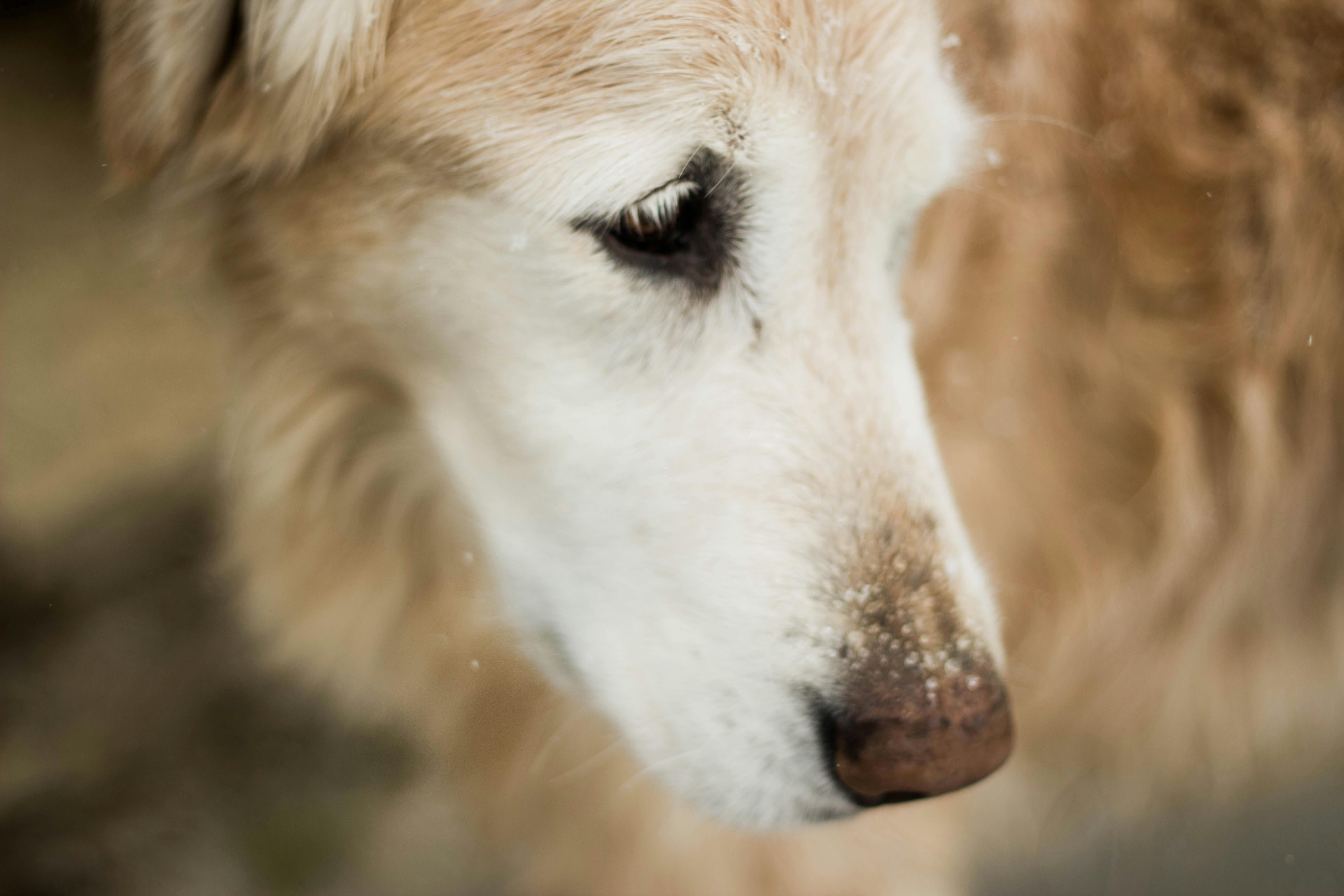
Lawn Fertilizer – Fall or Winter Fertilizer – What’s the Difference?
Over the years, I have defined a difference between a “fall” lawn fertilizer and a “winter” fertilizer. These two types of fertilizers really address the root growth and winter hardiness of Kentucky Bluegrass.
Physiologically, grasses produce excessive numbers of new roots in the spring and also in the fall when temperatures are cool, soil moisture is high, and primary nutrients for root development are readily available.
The roots of Kentucky bluegrass develop from the underground nodes of the rhizomes and from the basal nodes of the above-ground shoots called the crown. Roots also develop at terminal nodes of rhizomes that emerge above ground as shoots.
Root growth is greatest in the fall, followed by the spring period, and slows to almost a halt during high summer temperatures. Kentucky bluegrass root growth peaks at soil temperatures of 60F and declines sharply as temperatures rise above 70F. Root growth virtually ceases at temperatures above 80F.
FALL fertilizer should be applied when soil temperatures begin to reach 70 degrees until soil temperatures reach the 55 degree mark. A true fall fertilizer is designed to build new roots for lawn plants by supplying additional phosphorus (P) and potassium (K), which are the primary nutrients needed to produce healthy new roots. This dose of “P&K” stimulates and supports new root growth, so your lawn can “dig in” and prepare for cold weather. Fall fertilizer also primes your grass root to use 100% Winterizer fertilizer, which should follow 4-5 weeks after fall fertilizer application.
The accumulation and storage of carbohydrates in these newly formed roots is the name of the game when it comes to the next stage of nutrients to be applied.
WINTERIZER fertilizer, on the other hand, is a fertilizer that is meant to be applied after the grass plant has created all those new, EMPTY roots and just before the ground freezes solid (or in the case of cheap skids , one of the two fertilizer applications). offer their lawn every year). It is also possible that this fertilizer is activated by the first of the season, the wet snow storms or the rains that always arrive a few weeks before the first snow that sticks. So in other words, don’t worry about keeping your sprinkler system running until December just to water or turn on the winterizer application.
The role of this HIGH NITROGEN application (1.5 – 2 lbs active nitrogen per 1000 sf) is to supply the maximum amount of nitrogen which can then be converted to usable stored carbohydrates before the ground freezes. This application helps feed the plant through winter in southern areas or prepare cool-season grasses for the longer winter ahead. Another benefit of this application is the EARLY greening of your lawn or your customers’ lawns next spring.
To summarize, carbohydrate accumulation in the rhizomes peaks in late fall when the “above ground” or shoot growth of Kentucky bluegrass slows. As temperatures become favorable for growth in the spring, these carbohydrate stores become available for new shoot development again.
In essence, this app will “pick up your grass in bed” and keep it safe through the long, harsh winter, allowing you to emerge in the spring as the Champion all your neighbors will envy. green of envy!